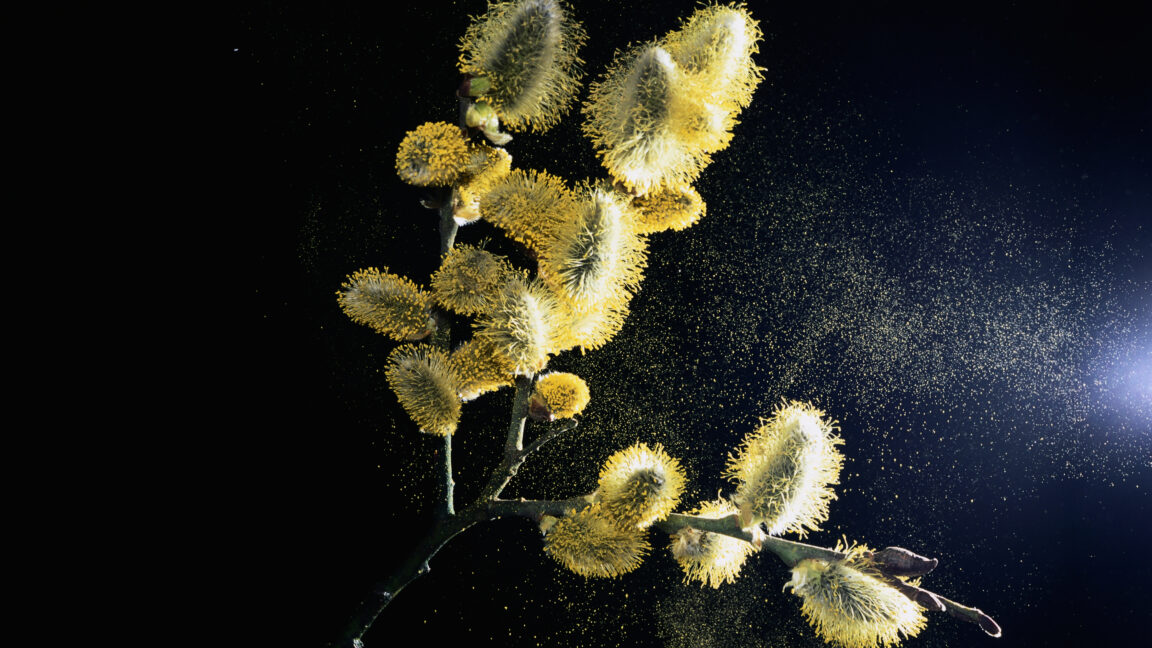Turning Pollen into Eco-Friendly Materials: A Breakthrough in Sustainable Manufacturing

At Singapore’s Nanyang Technological University, researcher Nam-Joon Cho is pioneering a revolutionary approach to sustainable material production using an abundant natural resource—pollen. While the lab environment appears typical with busy workbenches and machinery, the scientists’ focus is anything but ordinary. Stains of orange-yellow pollen grains on lab coats signal a breakthrough in biomaterials research.
Pollen, the microscopic grains responsible for plant reproduction, has historically been associated with allergies and plant biology. However, Cho’s team is transforming pollen’s tough outer shell—composed of a resilient biopolymer often called “the diamond of the plant world”—into a versatile raw material. Over the past decade, they have developed methods to remodel these rigid shells into a soft, jam-like microgel, opening new possibilities for eco-friendly manufacturing.
This pollen-derived microgel exhibits promising properties as an environmentally friendly building block for a range of products, including paper, biodegradable films, and sponges. By leveraging pollen’s natural abundance and unique structural qualities, Cho aims to create sustainable alternatives to conventional plastics and synthetic materials, reducing environmental impact.
The research signifies a step forward in green chemistry and biomaterials science, offering a pathway to harness natural resources for innovative applications. As the team continues to refine their processes, the potential for pollen-based materials to replace harmful plastics and promote eco-conscious manufacturing becomes increasingly tangible. For further insights into sustainable materials and biomimicry, resources from environmental agencies and materials science institutes provide valuable information.



